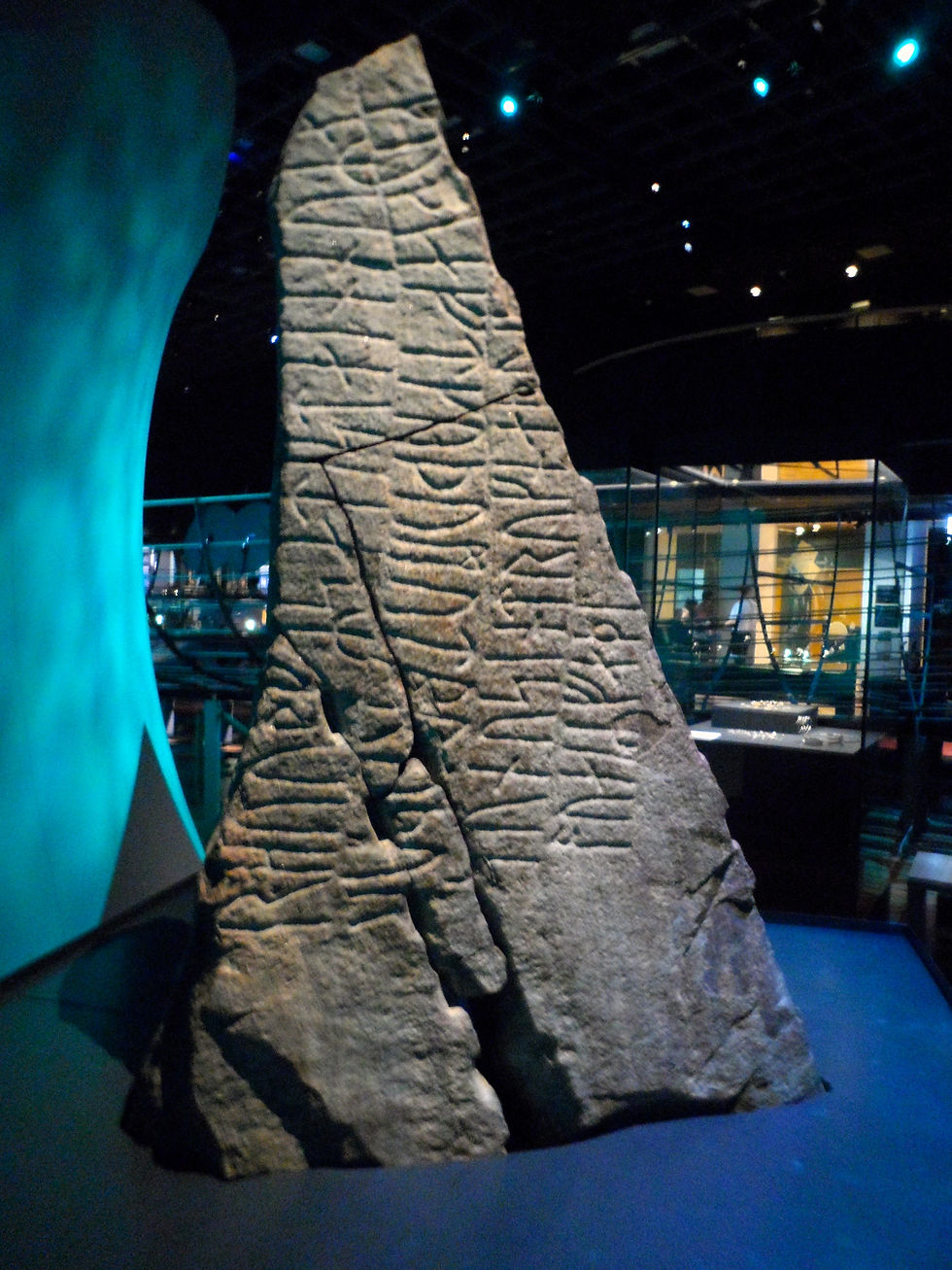Two days around Copenhagen
- Angelo e Adele
- Sep 25, 2023
- 4 min read
Here we are again, after a month, talking about our summer; in particular we will tell you about a cruise in the Norwegian fjords with embarkation and disembarkation in Copenhagen, a city where we stayed for two full days before departure. So let's start from the capital of Denmark, a city of over one million inhabitants, very beautiful, modern and efficient, with a young and dynamic population that uses bicycles a lot, even with front trailers to transport passengers, the so-called cargo bikes; a city with lots of space, lots of greenery, cycle paths and great respect for disabled people, with many attractions to visit, which we tried to do in the short time available. There were four of us, the two of us with our daughter-in-law and our son, who took care of the entire organizational part in an excellent manner, among other things by choosing an excellent hotel, the Park Inn, equipped with rooms for disabled people, very close to Femoren station of the Metro, which is two stops from the airport. Therefore we used the Metro almost exclusively: four lines that run continuously, with 1-2 minute intervals between trips, completely automated without a pilot and completely accessible to those who travel in wheelchairs. Like everything in Copenhagen, the Metro is quite expensive, compared to our parameters; however, the possibility of purchasing tickets valid for 24, 48 or 72 hours allows you to save considerably. As for the sidewalks, they are mostly smooth and flat, except for some areas of ancient cobblestone that are a little more challenging. The first itinerary took us, along the canals, to the controversial reality that is Christiania.


Let's see how the VisitDenmark website talks about Christiania: In 1971 an abandoned military zone in the Christianshavn neighborhood was occupied by squatters who proclaimed it a free city, i.e. an area not subject to taxes and guided by internal legislation. New settlers flocked to this alternative neighborhood and the social experiment of a few free thinkers became a permanent feature of the city. Christiania survives, adapts and is still an alternative center in the middle of the capital, with around 1000 people living there permanently. Christiania is truly a unique experience; a mix of warehouses, shacks, houses, colorful murals and outdoor sculptures. Tourists can stroll through its streets free to stop to eat and drink in the bars, restaurants and cafes in the area. In Christiania you can find live music and outdoor events throughout the summer and even some night clubs. So let's see some of our images, taken in areas where it was not prohibited:





Naturally, what makes the very existence of a place like Christiania controversial and discussed is the possibility of legally purchasing cannabis-derived products, which are sold in an area where it is requested not to take photos. This poster gives an idea of the philosophy behind these activities:

But let's continue with the images of the murals:






After the visit to Christiania we headed to Nyhavn, a canal-basin created in 1671 which, after a thorough rehabilitation and restoration of the eighteenth-century buildings, now hosts a parade of small restaurants and cafes, some more some less elegant, where you can have lunch or dinner outdoors, as we did:




We spent the afternoon and evening in the Tivoli gardens, famous throughout the world, which are now a large amusement park with many games not accessible to disabled people, who in fact do not pay the entrance fee. However, it is pleasant to walk along its paths, walk along the lakes and even dine in one of the many restaurants:











It is also suggestive to see Tivoli in the evening in the splendor of its lighting:



The following day we began with a visit to the Nationalmuseet (National Museum) (*), the most important museum of the history of Danish civilization, from prehistory to the present day, of which we propose some of our photos, specifying that the eight sections of the museum they offer such a vastness of images and stories that a week would not be enough to learn more about them:





And this is a "runestone", a stone erected in the eighth century to commemorate a Viking warrior who left and never returned:

This is an item of clothing from eastern Greenland made in the second half of the 19th century with seal skins and intestines and polar bear fur:

After a quick lunch at the Nationalmuseet we headed to the Design Museum Danmark (*), an institution whose aim is to be the shared memory of design in Denmark, to create a knowledge center for new and stimulating experiences. For our part, we were bombarded by all these furnishing objects, sculptures, ornaments, all with particular and new shapes, even if they date back to half a century ago:













And how could we end this day and this stay in Copenhagen without going to see what is the symbol of this city? We are obviously talking about Lille Havfrue, better known as the Little Mermaid, the famous statue sculpted by Edvard Eriksen in 1813 to celebrate the heroine of Andersen's fairy tale. To get there you need a nice walk starting from the nearest Metro station, but obviously it's worth it, perhaps on a beautiful September day, just before sunset, as happened to us:


There is so much more to see and document in Copenhagen; you just need to have the time and desire to wander around this beautiful and welcoming city. At this point all we have to do is say goodbye and meet you at the next post, the one on the Norwegian fjords. See you soon!!! (*) symbol indicating the presence of toilets for disabled people

Comments